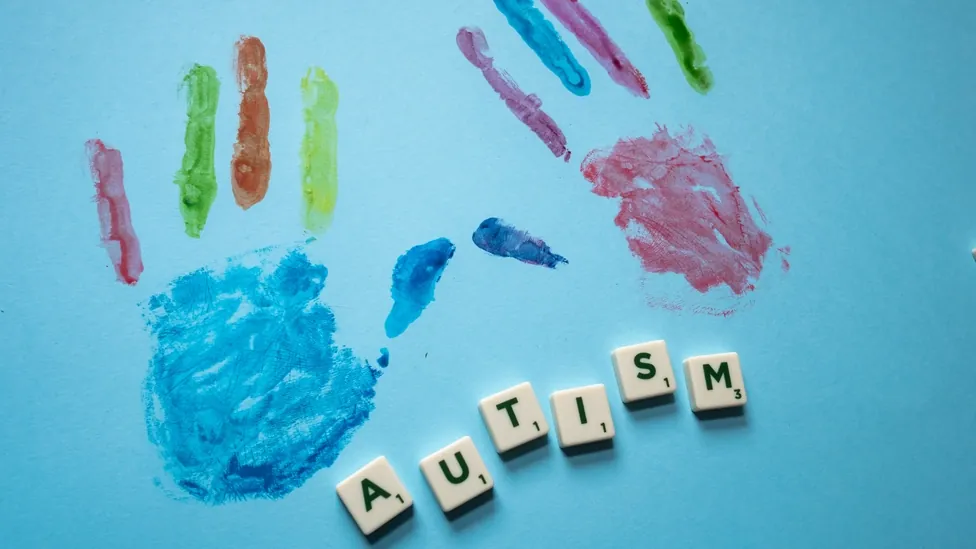Autism and the microbiome

Highlights
- Researchers developed a Bayesian differential ranking algorithm to study the gut-brain axis (GBA) in autism spectrum disorder (ASD).
- Certain molecules and bacteria in the gut were linked to ASD, including amino acids, carbohydrates, and lipids predominantly encoded by Prevotella, Bifidobacterium, Desulfovibrio, and Bacteroides species.
- These molecules and bacteria were associated with changes in brain gene expression, specific dietary patterns, and pro-inflammatory cytokine profiles.
- The metabolic pathways observed along the GBA were consistent in age-matched and sex-matched cohorts but not in siblings of individuals with ASD, suggesting uniqueness to ASD.
- Temporal changes in the gut microbiome composition were associated with ASD symptoms, indicating a potential role in the development and manifestation of ASD.
Autism spectrum disorder (ASD) is a complex condition that affects individuals in various ways, with differences in cognitive abilities, behaviour, and communication skills. Researchers have been exploring the role of the gut-brain axis (GBA) in ASD. It refers to the bidirectional communication between the gut and the brain. However, findings from different studies have not always been consistent.
To address this, the researchers in this study developed a Bayesian differential ranking algorithm 1. They used this algorithm to analyse data from 10 different microbiome datasets and 15 other datasets containing data on dietary patterns and metabolomics. In addition, these datasets also contained cytokine profiles (markers of inflammation), and gene expression in the human brain in people with ASD.
The analysis revealed autism-specific metabolic pathways along the GBA. Specifically, the researchers identified certain molecules and types of bacteria that were linked to ASD. These included amino acids, carbohydrates, and lipids that were predominantly encoded by microbial species in the genera Prevotella, Bifidobacterium, Desulfovibrio, and Bacteroides. The presence of these molecules and bacteria was correlated with changes in gene expression in the brain, specific dietary patterns, and pro-inflammatory cytokine profiles. This is the link between gut microbiome and autism.
Interestingly, these metabolic pathways were observed in age-matched and sex-matched cohorts, indicating its potential relevance across different groups of individuals with ASD. However, when the researchers looked at sibling-matched cohorts (siblings of individuals with ASD), they did not find the same functional architecture. This suggests that the specific connections between the gut, brain, and ASD-related characteristics may be unique to individuals with ASD and not shared by their siblings.
Additionally, the study highlighted the association between temporal changes in the composition of the gut microbiome and ASD symptoms. This suggests that alterations in the gut microbiome over time may play a role in the development and manifestation of ASD.
In summary, the researchers proposed a framework that utilizes multiple types of data from well-defined groups of individuals to investigate how the gut-brain axis influences ASD. By identifying specific molecular and bacterial profiles associated with ASD, as well as their connections to brain gene expression, dietary patterns, and inflammation markers, this study contributes to a better understanding of the complex relationship between the gut, brain, and ASD.
References
- James T. Morton et al., Multi-level analysis of the gut–brain axis shows autism spectrum disorder-associated molecular and microbial profiles. Nature Neuroscience. (2023).
